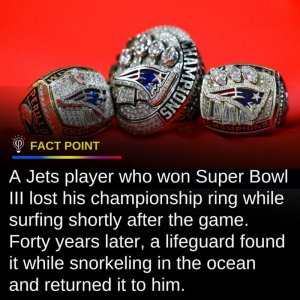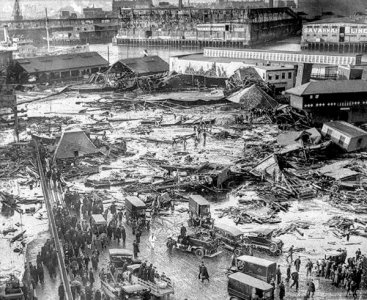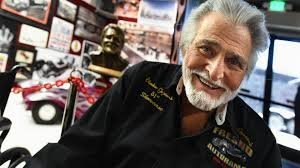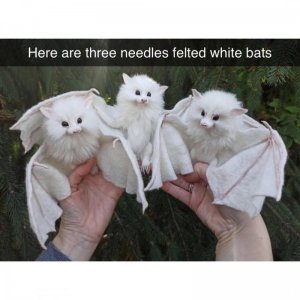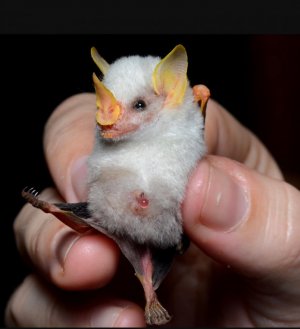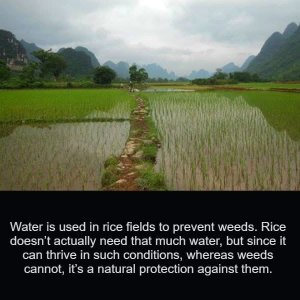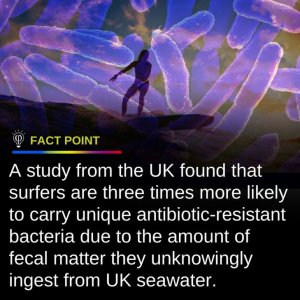Philadelphia Auto Show at the Convention Center (1934)
The 1934 Philadelphia Auto Show, held at the city’s Convention Center, was a showcase of cutting-edge automotive design and engineering at the height of the Great Depression. Despite economic hardships, the event drew thousands of visitors eager to glimpse the latest models from Ford, Chevrolet, and Packard. Chrome-plated grilles, streamlined fenders, and Art Deco-inspired designs dominated the showroom floor, symbolizing the era’s optimism and innovation. Automobile executives mingled with reporters, touting advancements in fuel efficiency and luxury features. The show served as a reminder of America’s resilience, as the auto industry continued to evolve despite the economic downturn.
Looks like an antique car show now. Imagine. Those cars were brand new in this picture.
View attachment 404896


